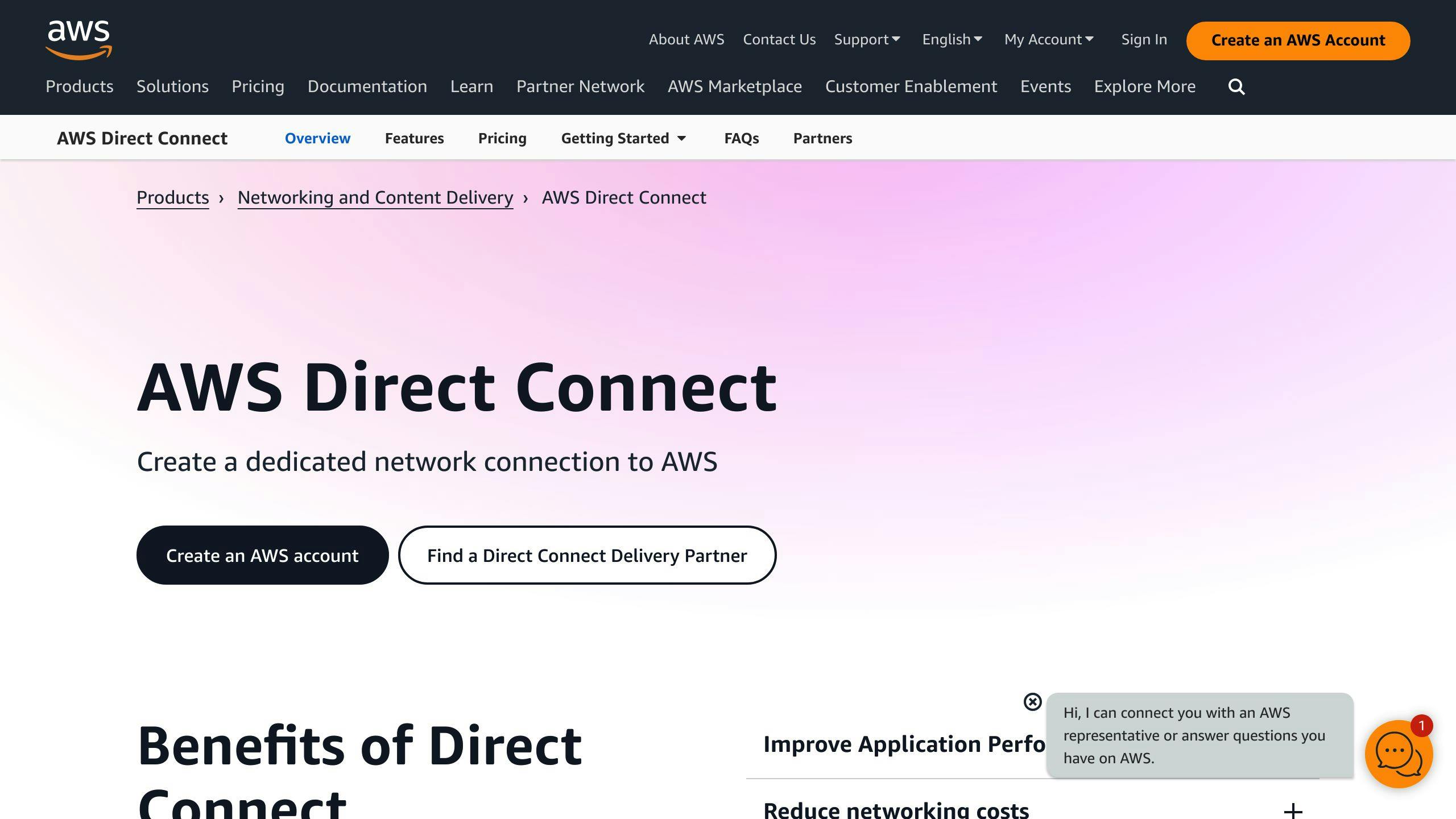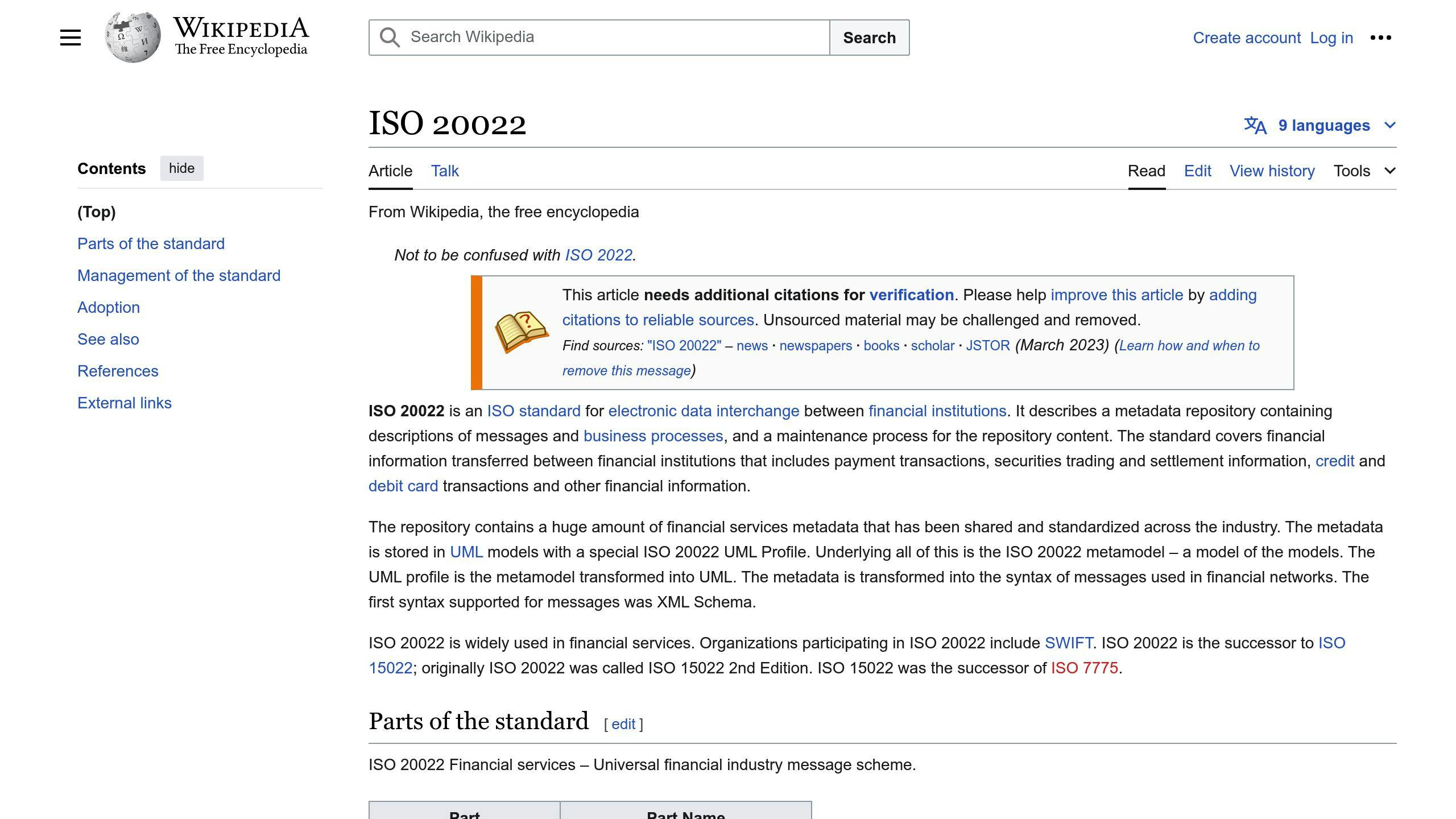Building resilient systems on AWS is crucial to ensure high availability, scalability, and reliability of your applications. This article covers key strategies and best practices for achieving cross-service resilience, allowing your systems to withstand and recover from failures, disruptions, or unexpected events affecting multiple AWS services.
Key Points:
-
Identify and Mitigate Gray Failures: Implement monitoring and redundancy strategies to detect and mitigate subtle disruptions within a single AWS region.
-
Multi-Region Redundancy and Disaster Recovery: Distribute workloads across geographically separated AWS regions to protect against regional disasters and ensure business continuity.
-
Resilient Networking with AWS Direct Connect: Establish multiple, redundant connections to AWS using Direct Connect and VPN backup for high network resilience.
-
Event-Driven Architectures for Resilience: Use event-driven architectures to decouple services, enabling loose coupling, scalability, and fault tolerance.
-
Failover and Failback Processes: Automate failover and failback processes using services like Amazon Route 53, AWS Lambda, and AWS Systems Manager Automation documents.
-
Resilient Payment Systems: Design resilient payment systems with redundancy, distributed architectures, real-time monitoring, and automated failover processes.
By following these principles and leveraging AWS services, you can build robust, resilient systems that can withstand failures and ensure continuous availability for your customers.
Related video from YouTube
Resilience Within a Single AWS Region

Resilience within a single AWS region is critical for building robust system architectures. It involves designing and implementing architectures that can withstand and recover from failures, disruptions, or unexpected events that affect multiple AWS services within a single region.
Identifying Gray Failures
What are Gray Failures?
Gray failures are subtle disruptions that can occur within an AWS environment, causing issues that are not immediately apparent. These failures can be difficult to detect, as they may not trigger alarms or alerts, but can still have a significant impact on system performance and availability.
How to Identify Gray Failures
To identify gray failures, you need to:
- Monitor system behavior closely
- Analyze logs and metrics for AWS resources
- Understand the interactions between AWS services
Mitigating Gray Failures
Strategies for Mitigating Gray Failures
To mitigate gray failures, you can:
| Strategy | Description |
|---|---|
| Monitoring and Detection | Implement monitoring and detection mechanisms to identify potential issues before they become major problems. |
| Redundancy and Failover | Implement redundancy and failover strategies, such as the Multi-AZ pattern, to minimize the impact of gray failures and ensure service continuity within a single region. |
By designing systems that can detect and mitigate gray failures, you can ensure high availability, scalability, and reliability of your applications, even in the face of subtle disruptions within a single AWS region.
Multi-Region Redundancy and Disaster Recovery
To ensure true disaster resilience, you need a multi-region strategy. This approach involves distributing your workloads across geographically separated AWS regions. By doing so, you can minimize downtime and data loss in the event of a regional failure or natural disaster.
Why Geographic Redundancy Matters
While a single AWS region provides high availability through multiple Availability Zones, it's not enough to ensure complete disaster resilience. Availability Zones within a region share common infrastructure components, which can be affected by a regional disaster. Implementing a multi-region architecture mitigates this risk.
| Benefit | Description |
|---|---|
| Disaster Resilience | Protects against regional disasters, ensuring business continuity. |
| Compliance | Meets regulatory requirements for data and services. |
| Global Presence | Improves performance and availability for users in different regions. |
Setting Up Cross-Region Backup and Recovery
Managing data replication and failover processes across regions can be complex and costly. Services like Arpio simplify cross-region replication by providing a unified platform for backup, recovery, and disaster recovery orchestration.
With Arpio, you can easily configure cross-region backup and recovery for your AWS resources. Arpio automates the replication process, ensuring your data is continuously backed up and available in a secondary region for failover.
When designing your cross-region strategy, consider the balance between recovery time and cost. You can choose between a warm standby environment in a secondary region, which reduces recovery time but increases operational costs, or a pilot light approach with minimal resources in the secondary region, which is more cost-effective but may result in longer recovery times.
| Approach | Description | Recovery Time | Cost |
|---|---|---|---|
| Warm Standby | Maintains a scaled-down but fully functional environment in the secondary region. | Faster | Higher |
| Pilot Light | Maintains minimal resources in the secondary region, scaling up during failover. | Slower | Lower |
By leveraging services like Arpio and carefully evaluating your recovery time and cost requirements, you can implement a robust multi-region strategy that aligns with your business needs and ensures resilience against disasters.
Resilient Networking with AWS Direct Connect

Resilient networking is crucial for ensuring the availability and reliability of your applications and services. AWS Direct Connect provides a dedicated, high-bandwidth connection from your premises to AWS, which can help improve the resilience of your network.
Best Practices for Resilient Connectivity
To achieve high resilience with AWS Direct Connect, follow these best practices:
- Use multiple connections: Establish multiple connections to different AWS Direct Connect locations to ensure that your network remains available even if one connection fails.
- Implement dynamic routing: Use dynamic routing protocols, such as Border Gateway Protocol (BGP), to automatically reroute traffic in the event of a connection failure.
- Choose redundant hardware: Select redundant hardware components, such as routers and switches, to minimize the risk of hardware failure.
- Select a reliable Direct Connect partner: Choose a reliable Direct Connect partner that can provide high-quality, dedicated connections to AWS.
Multi-Region Connectivity and VPN Backup
To further improve the resilience of your network, consider deploying multi-region connectivity strategies. This involves establishing connections to multiple AWS regions, which can help ensure that your applications and services remain available even in the event of a regional outage.
Additionally, you can use AWS Site to Site VPN connections as a cost-effective backup solution. This allows you to establish a secure, dedicated connection to AWS in the event that your primary Direct Connect connection fails.
| Approach | Description | Recovery Time | Cost |
|---|---|---|---|
| Warm Standby | Maintains a scaled-down but fully functional environment in a secondary region. | Faster | Higher |
| Pilot Light | Maintains minimal resources in a secondary region, scaling up during failover. | Slower | Lower |
By following these best practices and implementing multi-region connectivity strategies, you can ensure that your network is highly resilient and able to withstand outages and failures.
sbb-itb-6210c22
Event-Driven Architectures for Resilience
Event-driven architectures (EDAs) are a crucial component of building resilient systems on AWS. By decoupling services and using events to trigger actions, EDAs enable loose coupling, scalability, and fault tolerance. In this section, we'll explore how to design resilient, event-driven workloads with a focus on keeping Recovery Time Objectives (RTO) and Recovery Point Objectives (RPO) low during regional failovers.
Designing for Low Recovery Time
When designing an event-driven architecture, it's essential to consider the recovery time objectives (RTO) and recovery point objectives (RPO) of your system. RTO refers to the maximum time it takes to recover from a failure, while RPO refers to the maximum amount of data loss that can be tolerated.
To achieve low RTO and RPO, you can use event-driven architectures to trigger automatic failovers and data replication. For example, you can use Amazon SNS to publish events to multiple subscribers, such as AWS Lambda functions, Amazon SQS queues, or Amazon Kinesis streams. These subscribers can then trigger automatic failovers or data replication to ensure that your system remains available and data is not lost.
| Approach | Description | Recovery Time | Cost |
|---|---|---|---|
| Warm Standby | Maintains a scaled-down but fully functional environment in a secondary region. | Faster | Higher |
| Pilot Light | Maintains minimal resources in a secondary region, scaling up during failover. | Slower | Lower |
Maintaining Availability with Global Data
To maintain availability and ensure data durability, you can use global data solutions such as Amazon DynamoDB global tables or Amazon Aurora Global Database. These solutions enable you to replicate data across multiple regions, ensuring that your data is available even in the event of a regional outage.
By combining event-driven architectures with global data solutions, you can build resilient systems that can withstand regional failures and ensure data availability. For instance, you can use Amazon SNS to publish events to trigger data replication across multiple regions, ensuring that your data is always available and up-to-date.
By following these design principles and using event-driven architectures, you can build resilient systems that can withstand regional failures and ensure data availability. In the next section, we'll explore failover and failback processes in more detail.
Failover and Failback Processes
Executing a Failover Strategy
To execute a failover strategy, you can use Amazon Route 53 and AWS Lambda to automate the process. Here's an overview of the steps:
| Step | Description |
|---|---|
| 1 | The user initiates a failover via the application UI, invoking an API Gateway endpoint. |
| 2 | API Gateway triggers an AWS Lambda function to handle the failover process. |
| 3 | The Lambda function calls an AWS Systems Manager Automation document (runbook) to orchestrate the failover steps. |
| 4 | The runbook fails over the Amazon Aurora Global Database from the primary to the secondary region, making the secondary region the new writer. |
| 5 | The runbook updates the database secret in AWS Secrets Manager with the new database endpoint. |
| 6 | The runbook flips the Amazon Route 53 Application Recovery Controller (ARC) health checks, routing traffic to the secondary region. |
This event-driven, serverless architecture provides a reliable and automated failover process.
Designing for Smooth Failback
After a failover event, you'll need to design for a smooth failback to the primary region. Here are some key considerations:
Reversed Replication
Configure your data replication (e.g., Amazon Aurora Global Database) to replicate changes from the secondary (recovery) region back to the primary region. This ensures that the primary region's data is up-to-date before failback.
Validation
Before failback, validate the primary region's infrastructure and services to ensure they're ready to handle production traffic. You can use AWS Lambda functions and Amazon CloudWatch to automate health checks and monitoring.
Failback Runbook
Create an AWS Systems Manager Automation document (runbook) to orchestrate the failback process. This runbook should reverse the steps taken during the failover, such as updating Route 53 records and database endpoints.
Traffic Redirection
Use Amazon Route 53 to redirect traffic back to the primary region once the failback process is complete. You can leverage Route 53 Application Recovery Controller (ARC) to automate this process.
Monitoring and Alerting
Implement comprehensive monitoring and alerting using Amazon CloudWatch to detect any issues during the failback process. This will help you identify and mitigate potential problems promptly.
By designing your system with these considerations in mind, you can ensure a smooth and reliable failback process, minimizing downtime and data loss.
Resilient Payment Systems
Resilient payment systems are crucial for maintaining customer trust and confidence in financial institutions. A resilient payment system ensures that transactions are processed efficiently and accurately, even in the event of failures or outages.
Designing for Resilience
To design a resilient payment system, consider the following key principles:
| Principle | Description |
|---|---|
| Redundancy | Ensure critical components are replicated across multiple regions to minimize single-point failures. |
| Distributed architecture | Design a distributed architecture that can scale horizontally and vertically to handle increased traffic and transaction volumes. |
| Real-time monitoring | Implement real-time monitoring and alerting to detect potential issues before they impact customers. |
| Automated failover | Automate failover processes to minimize downtime and ensure seamless recovery in the event of a failure. |
AWS services such as Amazon Route 53, AWS Lambda, and Amazon Aurora Global Database can be used to implement these principles and create a resilient payment system.
ISO 20022 in Failure and Recovery

ISO 20022 is a standard for financial messaging that provides a common language and framework for financial institutions to communicate with each other. When designing a resilient payment system, it is essential to consider how to maintain consistency and reliability in the event of failures or outages.
In the event of a failure, it is crucial to have a well-defined failover strategy that ensures minimal disruption to customers. This can be achieved by:
- Automating failover processes: Use AWS services such as Amazon Route 53 and AWS Lambda to automate failover processes and minimize downtime.
- Maintaining data consistency: Ensure that data is replicated across multiple regions to maintain consistency and accuracy in the event of a failure.
- Implementing real-time monitoring: Implement real-time monitoring and alerting to detect potential issues before they impact customers.
By following these principles and using AWS services, financial institutions can create resilient payment systems that maintain customer trust and confidence.
Key Points on Cross-Service Resilience
In this article, we've explored the importance of cross-service resilience in AWS architecture. By designing for resilience, you can ensure that your applications and systems remain available and responsive even in the face of failures or outages.
Key Takeaways
The following principles are crucial for achieving cross-service resilience:
| Principle | Description |
|---|---|
| Redundancy | Ensure critical components are replicated across multiple regions to minimize single-point failures. |
| Automated Failover | Use AWS services like Amazon Route 53 and AWS Lambda to automate failover processes and minimize downtime. |
| Data Consistency | Ensure that data is replicated across multiple regions to maintain consistency and accuracy in the event of a failure. |
| Real-time Monitoring | Implement real-time monitoring and alerting to detect potential issues before they impact customers. |
By following these principles and using AWS services, you can create resilient systems that maintain customer trust and confidence.


